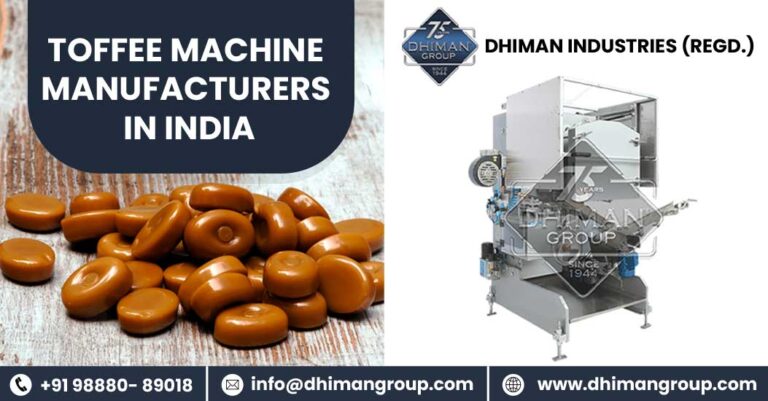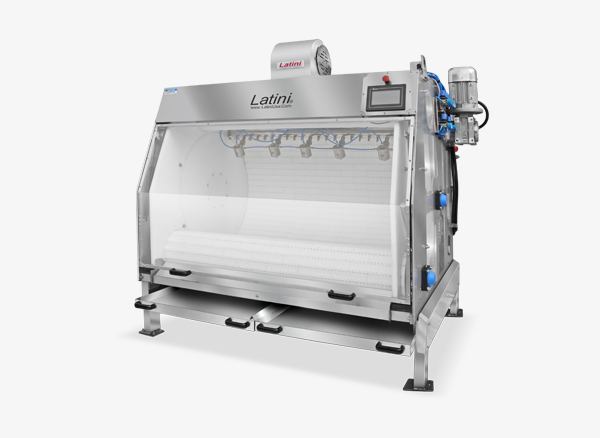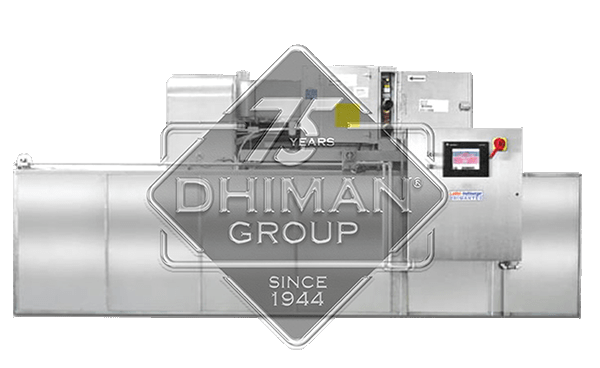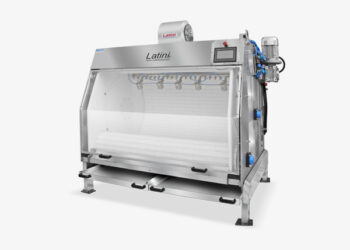The world of toffee making is a delicate dance of precise measurements, high-quality ingredients, and perfect timing. However, perhaps one of the most critical elements in the art of crafting delectable toffees is temperature control. If you want to have a comprehensive understanding of the role of temperature control in toffee making machines, DhimanGroup is here to clear it all for you. Read on!
The Science Behind Toffee Making
Before we explore the temperature control aspect, let’s briefly understand the basic science of toffee making with DhimanGroup. Toffee is essentially a mixture of sugar, butter, and flavorings. These ingredients undergo a transformation through a process of heating and cooling, resulting in the delightful, chewy, and buttery treat we know and love.
The Temperature Stages of Toffee Making
Toffee, like all candies, goes through various temperature stages during its creation. These stages are crucial, as they determine the texture, flavor, and overall quality of the final product. Here are the key temperature stages in toffee making:
- Melting Point (250°F to 320°F or 121°C to 160°C): This initial stage involves melting the sugar and butter together. The mixture becomes a bubbling, golden syrup.
- Soft Ball Stage (234°F to 240°F or 112°C to 115°C): At this point, the toffee mixture forms a soft, pliable ball when dropped into cold water. It’s the foundation for the toffee’s chewy texture.
- Hard Crack Stage (300°F to 310°F or 149°C to 154°C): As the temperature continues to rise, the toffee becomes harder and more brittle, creating the satisfying snap when you bite into it.
- Cooling and Setting (Room Temperature): Once the desired temperature is reached, the toffee mixture is cooled to room temperature, allowing it to solidify.
The Crucial Role of Toffee Making Machines
Now, let’s discuss how toffee making machines come into play and why precise temperature control is essential:
- Consistency: Toffee making machines are equipped with advanced heating elements and sensors that maintain a consistent temperature throughout the cooking process. This consistency ensures that every batch of toffee is uniform in taste and texture, a hallmark of high-quality confectionery.
- Prevention of Sugar Crystallization: One of the biggest challenges in toffee making is preventing sugar crystals from forming prematurely. If sugar crystals develop before the desired stage, the toffee will become grainy and unpleasant. Toffee making machines excel in preventing this by maintaining the precise temperature required for each stage.
- Timing and Precision: Toffee making is all about timing. Machines are programmed to monitor temperature changes with precision, allowing for accurate timing of each stage. This precision ensures that the toffee reaches the desired hardness or chewiness without overcooking.
- Safety: Toffee making machines also prioritize safety. The high temperatures involved in candy-making can be dangerous if not controlled properly. These machines are equipped with safety features that monitor and regulate temperatures to prevent overheating or accidents.
- Scalability: For commercial toffee production, scalability is crucial. Toffee making machines can handle large quantities of ingredients while maintaining the same level of temperature control as smaller batches. This scalability is vital for meeting market demands efficiently.
Conclusion
In the toffee making process, temperature control is the maestro directing the sweet blend of ingredients, transforming them into the beloved confectionery we savor. Toffee making machines from DhimanGroup play the role of this maestro, ensuring that each batch of toffee meets the highest standards of quality and consistency.
These machines not only make the process more efficient but also guarantee that every toffee you enjoy embodies the perfect blend of science and artistry, all thanks to the careful control of temperature. So, the next time you savor a piece of toffee, remember the intricate dance of temperatures that made it so delightful.


























